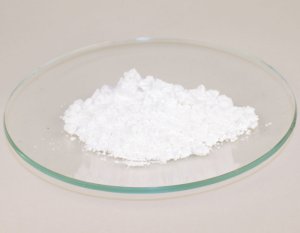Oxalic acid is derived, to a small extent, food intake, and for the most of intermediary metabolism, primarily hepatic oxidation of glyoxylate. It has the distinction of being very soluble in urine, which is a factor of urolithiasis in case of increased production.

Indications:
• Monitoring of a patient on hemodialysis.
• Ethylene glycol poisoning.
Sample:
Fasting preference. Verify that the patient did not take vitamin C within 48 h before assay as has been asked since the oxalate may result from the conversion of ascorbic acid (vitamin C).
Venipuncture dry tube.
Typical values:
In general:
<30 mol / L (2.7 mg / L)
Conversion Factors
mg / L × 11 = mol / L
mol / L × = 0.09 mg / L
Interpretation:
Chronic renal failure:
The hyperoxalémie is a complication of end-stage renal failure, the cause of microcrystalline arthropathy and nephrocalcinosis. The oxalémie is dosed in dialysis patients to adapt the effectiveness of the latter.
Ethylene glycol poisoning:
Acute poisoning with ethylene glycol (used in industry as a solvent and antifreeze) causes massive oxalate production and severe metabolic acidosis. The oxalémie is then very high.

You must be logged in to post a comment.